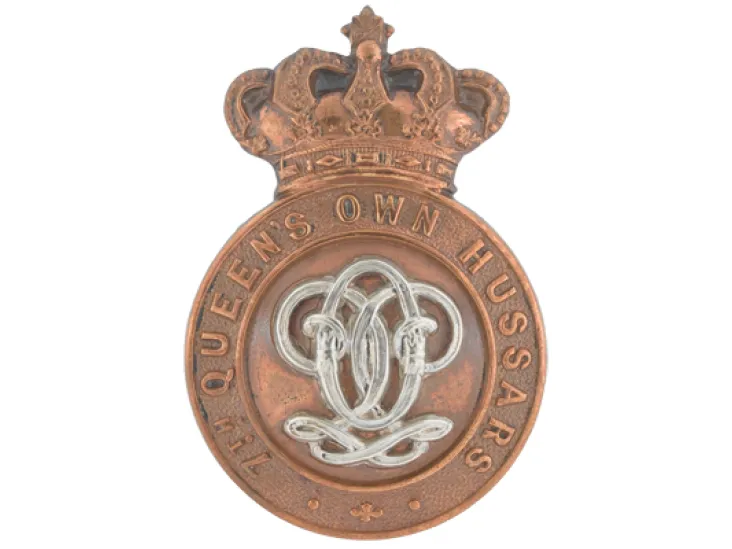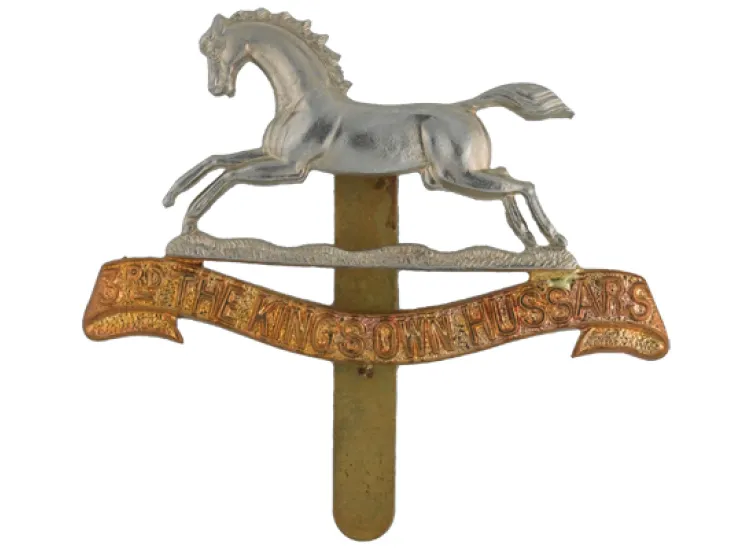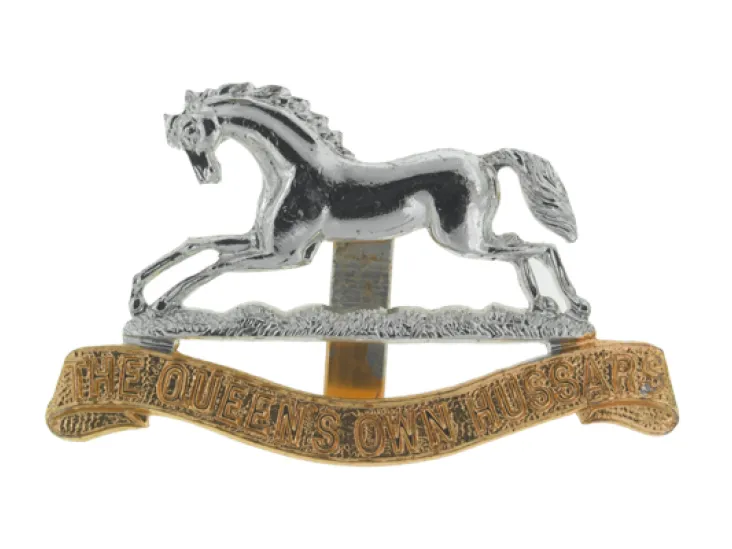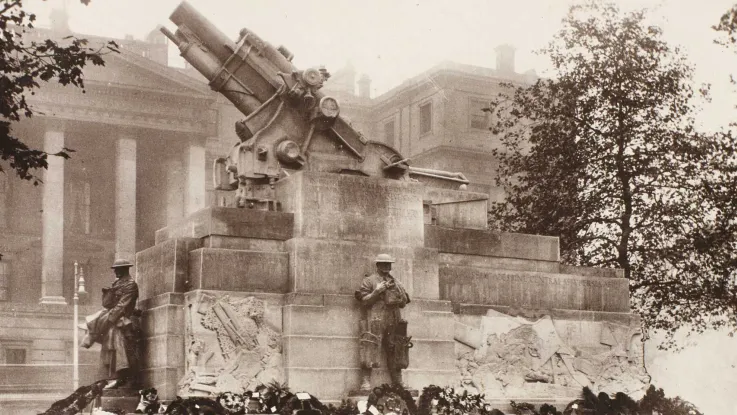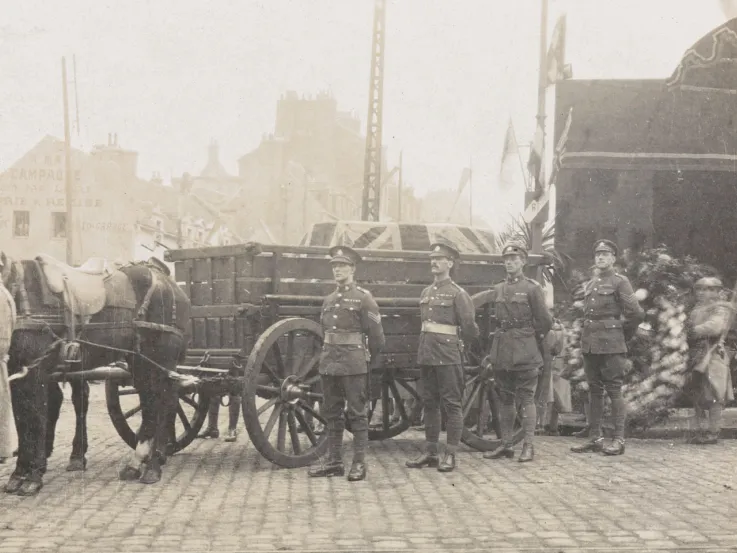Featured
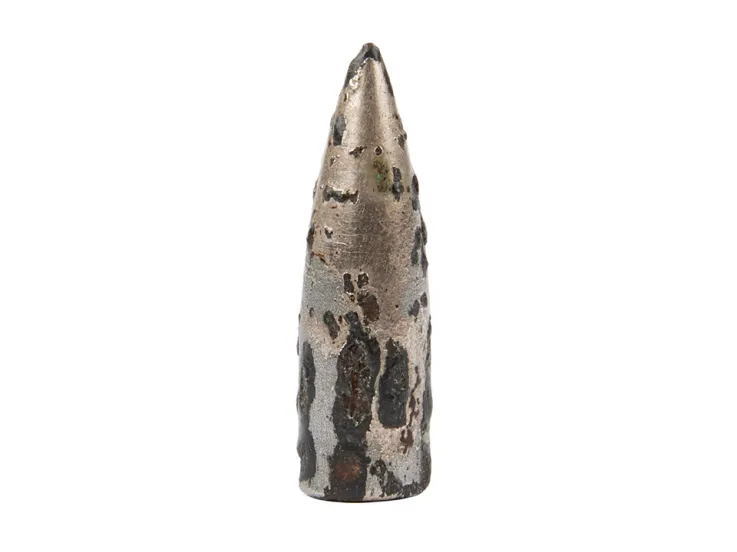
A Soldier's Life
The curious story of Alfred Smith
A chance discovery by a curator’s brother-in-law lifted the lid on a surprising story of service that now features in our refreshed Soldier gallery. A selection of unexceptional First World War medals proved the key to unlocking this series of extraordinary events.
Explore this story


